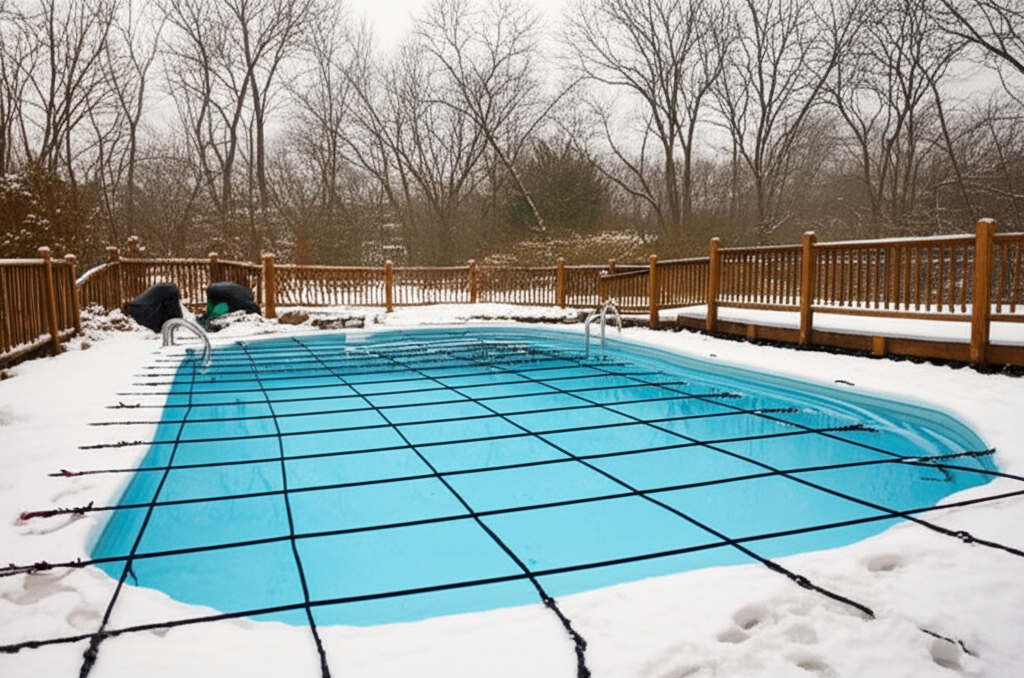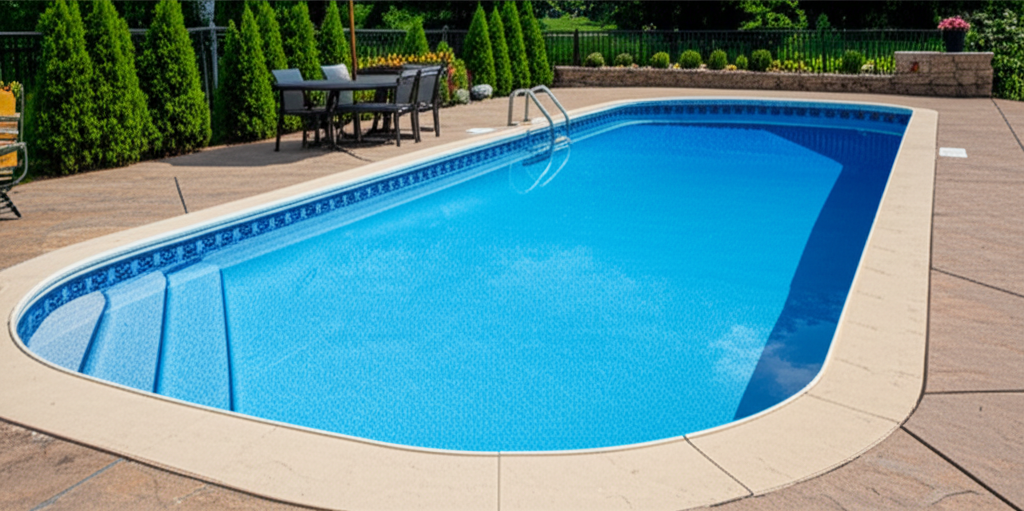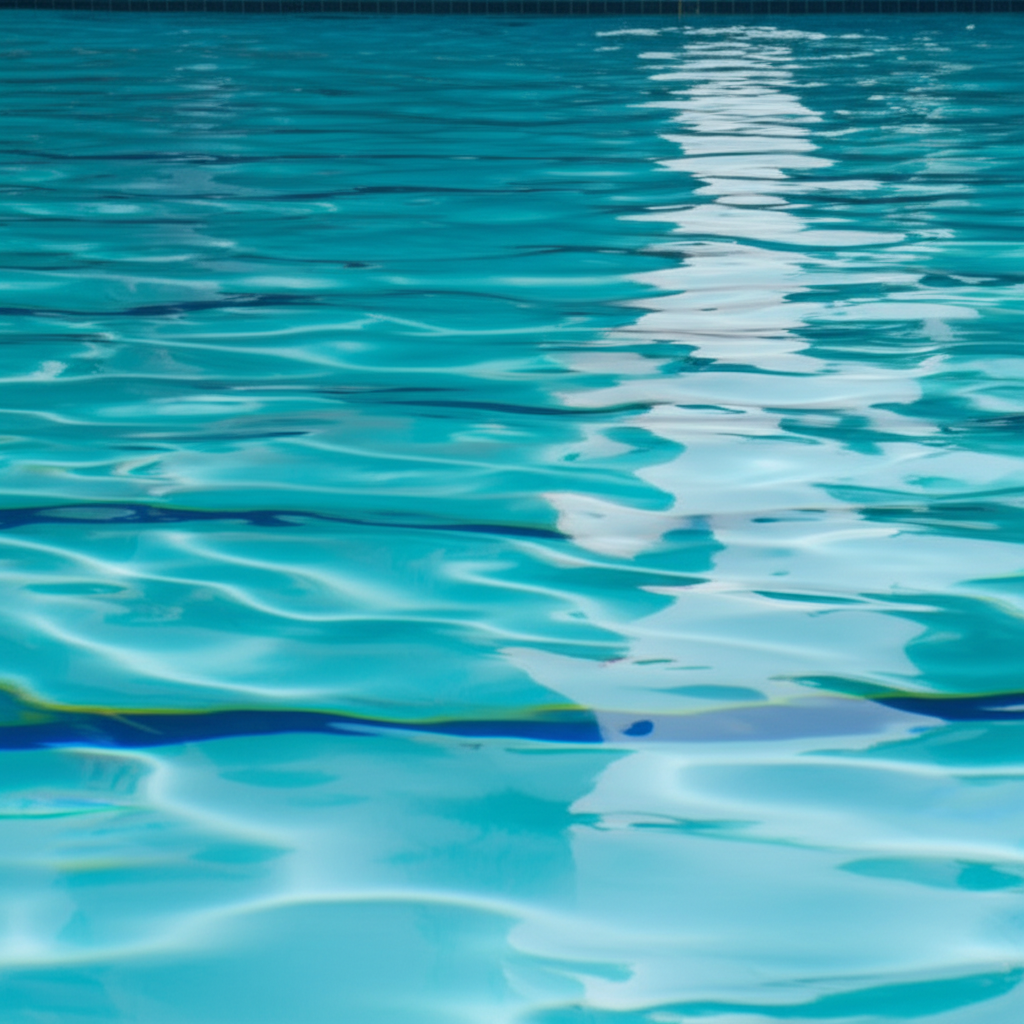- Why Winter Pool Care Matters
- The Essential Off-Season Checklist for Your Pool
- 1. Thorough Cleaning is Key
- 2. Balancing Your Water Chemistry
- 3. Shocking and Algaecide Treatment
- 4. Lowering Water Level
- 5. Draining and Protecting Equipment
- 6. Removing Accessories
- 7. Covering Your Pool
- Ongoing Winter Pool Care: Monitoring and Maintenance
- Common Mistakes to Avoid
- Benefits of Proactive Winter Pool Care
- Conclusion
Winter Pool Care isn’t just about protecting your investment; it’s about ensuring a seamless, sparkling return to swimming when the warmer months arrive. As temperatures drop and swimming season becomes a distant memory, many pool owners make the mistake of simply throwing on a cover and calling it a day. However, a little effort now can save you significant time, money, and headaches come spring. This comprehensive guide will walk you through the essential steps for proper winterization, making the process as effortless as possible.
Why Winter Pool Care Matters
Ignoring your pool during the colder months can lead to a host of problems. Freezing water expands, potentially cracking pipes, damaging pumps, filters, and heaters. Unbalanced water can cause staining, corrosion, or scale buildup. Moreover, neglecting to properly clean and treat your pool before winter can result in a swampy, algae-ridden mess that requires extensive, costly treatments to restore. Proactive winterization safeguards your equipment, maintains water quality, and drastically simplifies your spring opening, allowing you to jump straight into enjoyment.
The Essential Off-Season Checklist for Your Pool
Preparing your pool for winter doesn’t have to be daunting. By following this comprehensive off-season checklist, you can ensure your pool weathers the colder months without a hitch.
1. Thorough Cleaning is Key
Before doing anything else, give your pool a final, exhaustive clean. Skim all surface debris, vacuum the bottom thoroughly, and brush the pool walls and floor. Remove any leaves, twigs, or other organic matter that could decompose over the winter and stain your pool or fuel algae growth. The cleaner your pool is now, the better condition it will be in when you uncover it.
2. Balancing Your Water Chemistry
This is a critical step often overlooked. Properly balanced water chemistry helps prevent staining, scaling, and corrosion during the winter. Test your water and adjust the levels to within the ideal ranges:
pH: 7.4-7.6
Alkalinity: 80-120 ppm
Calcium Hardness: 180-220 ppm
Ensure your chlorine level is also adequate for a final shock treatment.
3. Shocking and Algaecide Treatment
After balancing, shock your pool heavily to kill any lingering bacteria or algae. Follow the product instructions for “winterizing shock” or a double/triple dose of regular shock. After the shock treatment has circulated and dissipated (usually 24-48 hours), add a quality winterizing algaecide. These products are formulated to prevent algae from blooming in cold water, often containing a higher concentration and specific ingredients suitable for long-term dormancy.
4. Lowering Water Level
For most pools, the water level needs to be lowered to prevent freeze damage to pipes and skimmers. The general rule is to lower the water to 4-6 inches below the bottom of the skimmer opening. If your pool has an automatic cleaner or other features that use return lines, ensure the water level is below all return jets as well.
5. Draining and Protecting Equipment
This step is vital to prevent freeze damage.
Pump and Filter: Turn off the power to your pool equipment. Drain all water from your pump, filter (sand, cartridge, or DE), and heater. Remove drain plugs and store them safely. For sand filters, set the valve to “winter” or “closed.” For DE or cartridge filters, clean the grids/cartridges thoroughly before reassembling or storing.
Heater: Drain all water from the heater and disconnect gas or electric lines if applicable.
Plumbing Lines: Use a leaf blower or shop vac to blow out water from all underground plumbing lines (skimmer, returns, main drain). Plug the lines with expandable winterizing plugs to prevent water from re-entering and freezing.
6. Removing Accessories
Take out all removable items from your pool: ladders, handrails, skimmer baskets, solar blankets, automatic cleaners, and diving boards (if easily removable). Clean them thoroughly and store them in a dry, protected area.
7. Covering Your Pool
Once all previous steps are complete, it’s time to install your winter cover. A good quality cover is essential for keeping debris out and protecting your pool from the elements.
Solid Covers: Offer excellent protection but require a pump to remove standing water.
Mesh Covers: Allow water to pass through but keep out debris, eliminating the need for a pump.
Safety Covers: Provide the best protection against accidental entry.
Ensure your cover is installed snugly and properly anchored to prevent wind damage and keep unwanted guests out.
Ongoing Winter Pool Care: Monitoring and Maintenance
While the bulk of the work is done, winter pool care isn’t entirely “set it and forget it.”
Monitor Your Cover: Regularly check your pool cover. Remove heavy accumulations of leaves, snow, or standing water (for solid covers) to prevent damage to the cover and potential fall-in. Clearing debris also prevents it from entering the pool or creating a haven for rodents.
Check Water Levels: If you’re not using a solid, impenetrable cover, monitor the pool’s water level, especially after heavy rains or snowmelt. Ensure it stays at the recommended winterizing level below the skimmer and return lines.
Algae Watch: In warmer winter climates or during unseasonably mild spells, peek under the cover if possible to check for signs of algae. If you notice any, consult your pool professional for appropriate remedial steps.
Common Mistakes to Avoid
Skipping Steps: Each step in the checklist serves a crucial purpose. Missing one can lead to bigger problems later.
Improper Water Balance: This is a silent killer, causing unseen damage throughout the winter.
Neglecting the Cover: A damaged or poorly secured cover defeats its purpose and can allow debris or even small animals into your pool.
Leaving Water in Equipment: The single biggest cause of costly winter pool repairs is freeze damage to pumps, filters, and heaters.
Benefits of Proactive Winter Pool Care
Embracing proactive winter pool care ultimately saves you time, money, and stress. You’ll avoid expensive repairs due to freeze damage or corrosion, prevent the growth of stubborn algae, and enjoy a significantly easier and less costly pool opening come spring. Instead of facing a green, murky pond and damaged equipment, you’ll uncover a relatively clean, clear pool ready for a quick tune-up before prime swimming season.
Conclusion
Proper winterization might seem like a chore, but it’s an investment in the longevity of your pool and the convenience of your next swimming season. By following this essential, effortless guide to winter pool care, you’re not just protecting your pool; you’re setting yourself up for an enjoyable, hassle-free transition back to those blissful summer days. Don’t procrastinate – take the necessary steps now for a pristine pool later.




